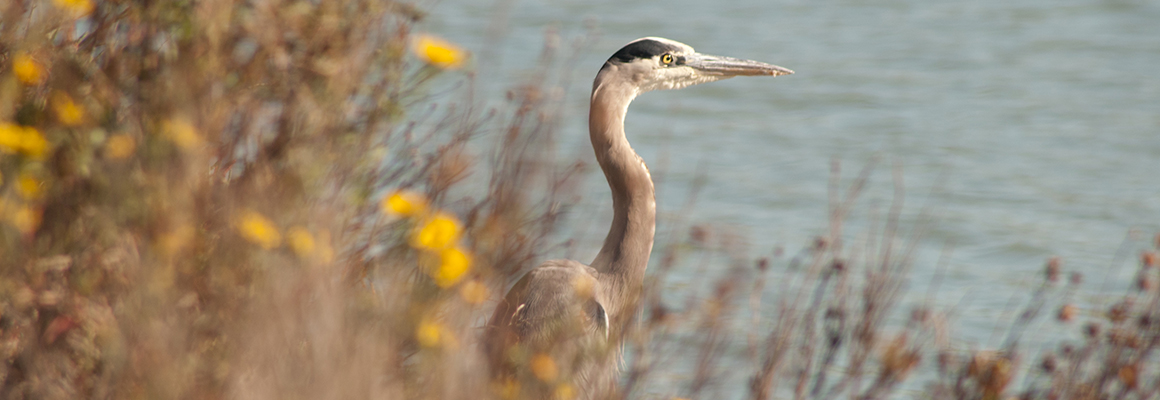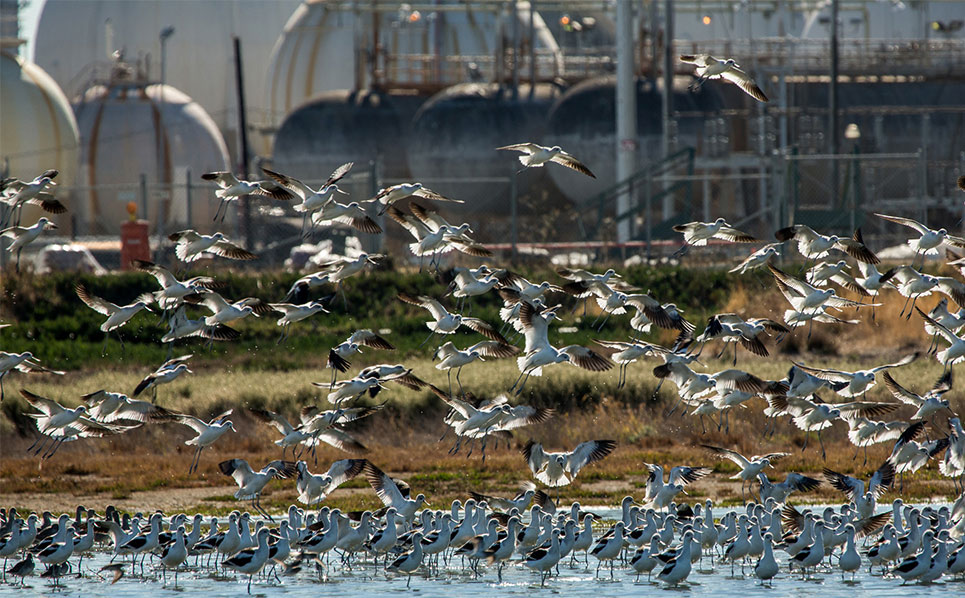conservation
protecting natural resources

We’re a leader in environmental stewardship — reducing emissions, minimizing flaring, improving energy efficiency and recycling water. We are continually working to improve our environmental performance.
Our Health, Safety and Environment team works to ensure that compliance with all government rules and requirements is embedded in our operations. It is our goal to minimize any potential impact on our neighbors, which is why we are continually investing in new equipment and technologies that help us to improve the performance of Chevron Richmond and minimize our environmental footprint.
Below are a few ways we are protecting the beautiful area we are lucky to call home.
conserving water
Chevron Richmond has a long-standing history of investing in the use recycled water in our operations. Our ability to use recycled water keeps millions of gallons of fresh water available every day for other uses by our community.
The Richmond Advanced Recycled Water Expansion (RARE) plant has made the Refinery the largest user of recycled water in the Bay Area. Built in collaboration with the East Bay Municipal Utilities District (EBMUD), the RARE plant is capable of producing 3.5 million gallons of high-quality recycled water each day.
By using recycled water for most of its water needs, Chevron Richmond frees up enough drinking water to meet the indoor and outdoor water needs of more than 83,000 residents.

protecting natural ecosystems
Chevron Richmond is home to many different species including hundreds of species of birds who live on acres of protected wetlands.
We created the Richmond Water Enhancement Wetland by converting 90 acres of former wastewater treatment ponds into a vital wetland environment for many plant and animal species. The wetland now serves as a resting spot for migratory waterfowl whose habitat has been decreased by commercial development along the West Coast.
Presently, there are 103 different species of birds that use this habitat.
We also completed the Wildcat Creek Marsh Restoration Project on more than 250 acres of natural wetlands northeast of the Refinery. Over the years, sediments had been deposited that cut off tidal access to these wetlands. Restoration included forming slough channels to the saltwater marsh. The tides flow through these wetlands and into two restored ponds. The wetlands now provide a critical habitat for two endangered species — the Salt Harvest Mouse and the California Clapper Rail.